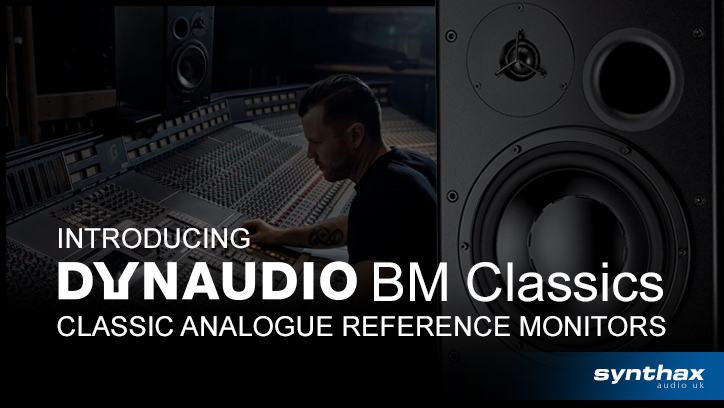 Dynaudio’s immensely popular BM Series remains available for recording engineers who favour a more traditional sound.
Dynaudio’s immensely popular BM Series remains available for recording engineers who favour a more traditional sound.
Dynaudio have been building high-performance loudspeakers in Denmark for over 40 years, with the Danish manufacturer developing speakers (and drivers) for a variety of different applications throughout an illustrious history.
As such, Dynaudio speakers can be found in a number of different sectors. From home audio, high-end Hi-Fi and custom installations, to specialist designs for the automotive industry, designing in-car audio playback systems for the likes of Volvo, Volkswagen and Bugatti.
And then of course there’s professional recording studios, with Dynaudio widely recognised as one of the most iconic names in pro audio, and whose monitors can be found in world renowned facilities such as AIR and Abbey Road, along with hundreds of others worldwide.
Needless to say, Dynaudio studio monitors are trusted by award-winning producers and musicians the world over, and have been used to mix countless hit records, as well as film soundtracks, TV Series and live broadcast events.
One product range that has continued to stand the test of time is Dynaudio’s BM Series, a selection of nearfield monitors that were a huge hit upon their original release, and remain popular to this very day. Read on for an introduction to the current models offered by Dynaudio under the “BM Classic” label, or watch our overview video below.
Dynaudio BM Classic Overview: An introduction to the BM5 MK III, BM6A and BM15A Studio Monitors
See more videos at Synthax TV
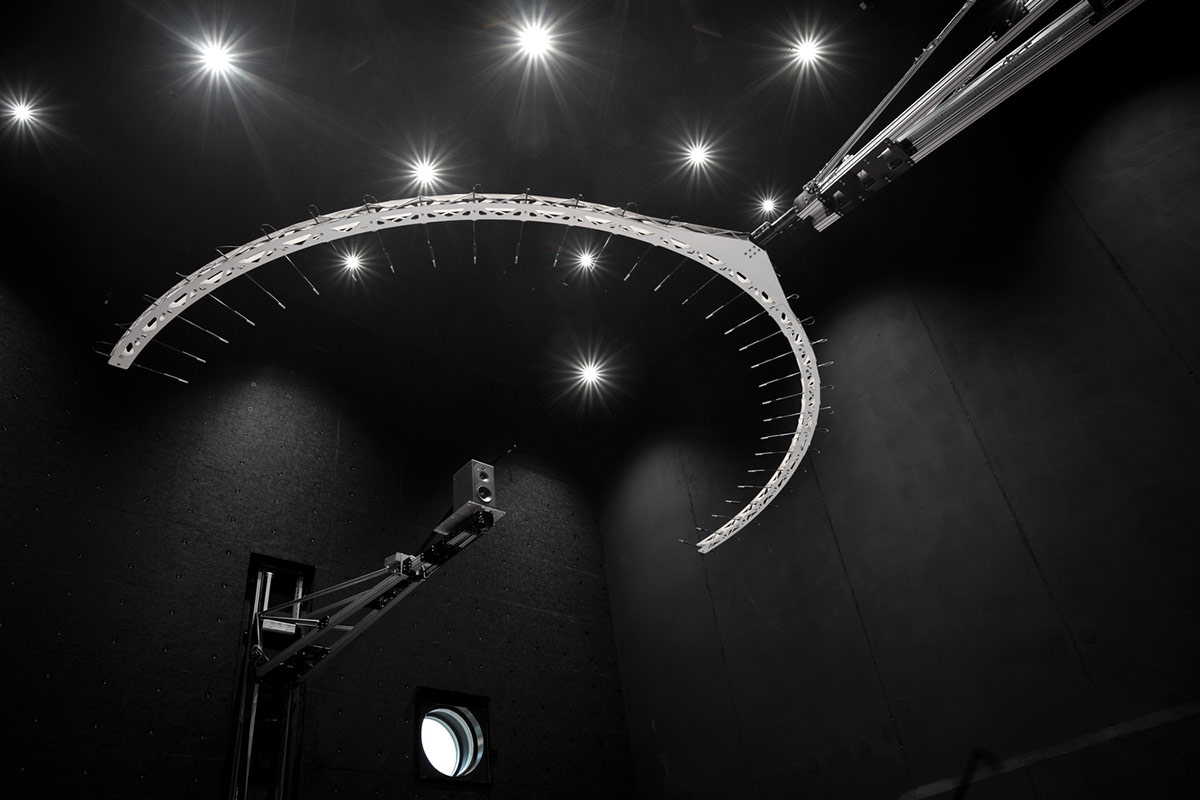
A brief history of Dynaudio Studio Monitors
Dynaudio first delved into the Pro Audio world in 1989 with the introduction of their Crafft Studio Monitor, beginning a long-term relationship with renowned UK-based acoustics expert and engineer Andy Munro.
This collaboration paved the way for Dynaudio Acoustics, which in turn produced Dynaudio’s Air series. A groundbreaking monitor at the time, Air featured state-of-the-art DSP hardware (responsible for handling the internal crossover and room correction equalisation), and showcased Dynaudio’s commitment to bringing new innovations to the world of studio monitoring.
This dedication to on-going research and development was further solidified in 2016 with the opening of Dynaudio Labs – a brand new R&D space at the company’s headquarters in Skanderborg, Denmark, and home to the cutting-edge Jupiter testing facility.
A 13m3 acoustic chamber – complete with a giant, motorised robot arm! – Jupiter allows for highly accurate, 360 degree measurements to be taken during the design stage of every Dynaudio speaker, and provides a fantastic resource for Dynaudio’s engineering team as they continue to push the boundaries of advanced studio monitor design.
Dynaudio BM Classic Series
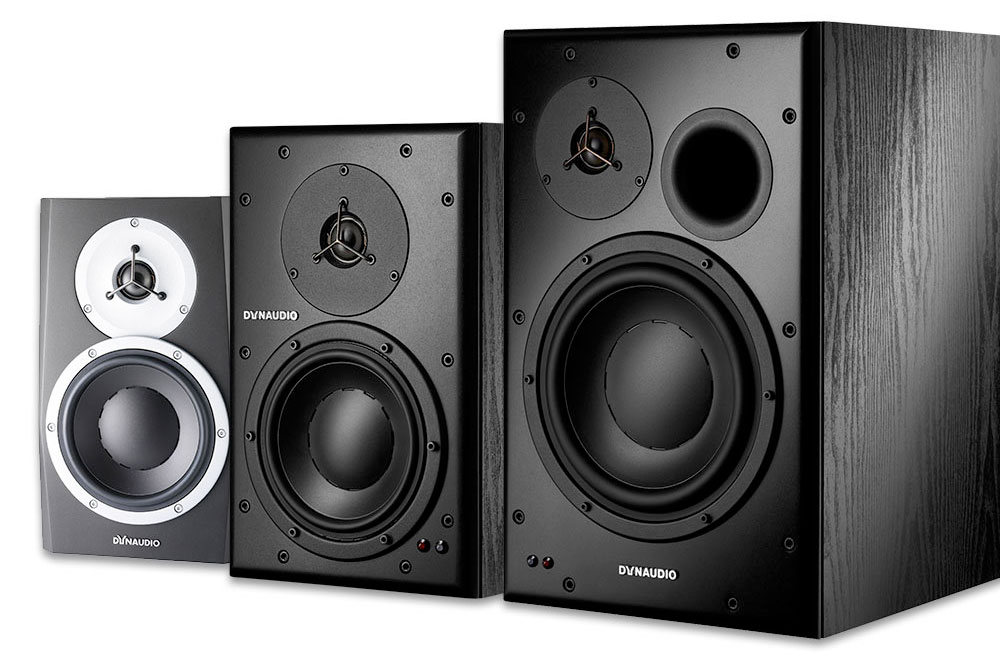 Despite the many new advanced technologies being developed by Dynaudio Labs, the enduring popularity of the BM Series has led Dynaudio to continue their production to this day.
Despite the many new advanced technologies being developed by Dynaudio Labs, the enduring popularity of the BM Series has led Dynaudio to continue their production to this day.
With roots harking back to the late 1990s, three of the original models – the BM5, BM6A and BM15A – remain available under the title “BM Classic”, and can still be found in top music, film, broadcast and post-production studios worldwide.
Combining consistent, accurate monitoring with Dynaudio’s legendary non-fatiguing driver technology, each monitor in the series is designed to capably cover every aspect of sound engineering and reproduction, including music and speech monitoring and mixing, radio station monitoring, OB vehicles, edit suites and recording studios.
All three speakers in the series feature handcrafted drivers with aluminium voice coils and, like all Dynaudio monitors, are designed and built in Denmark.
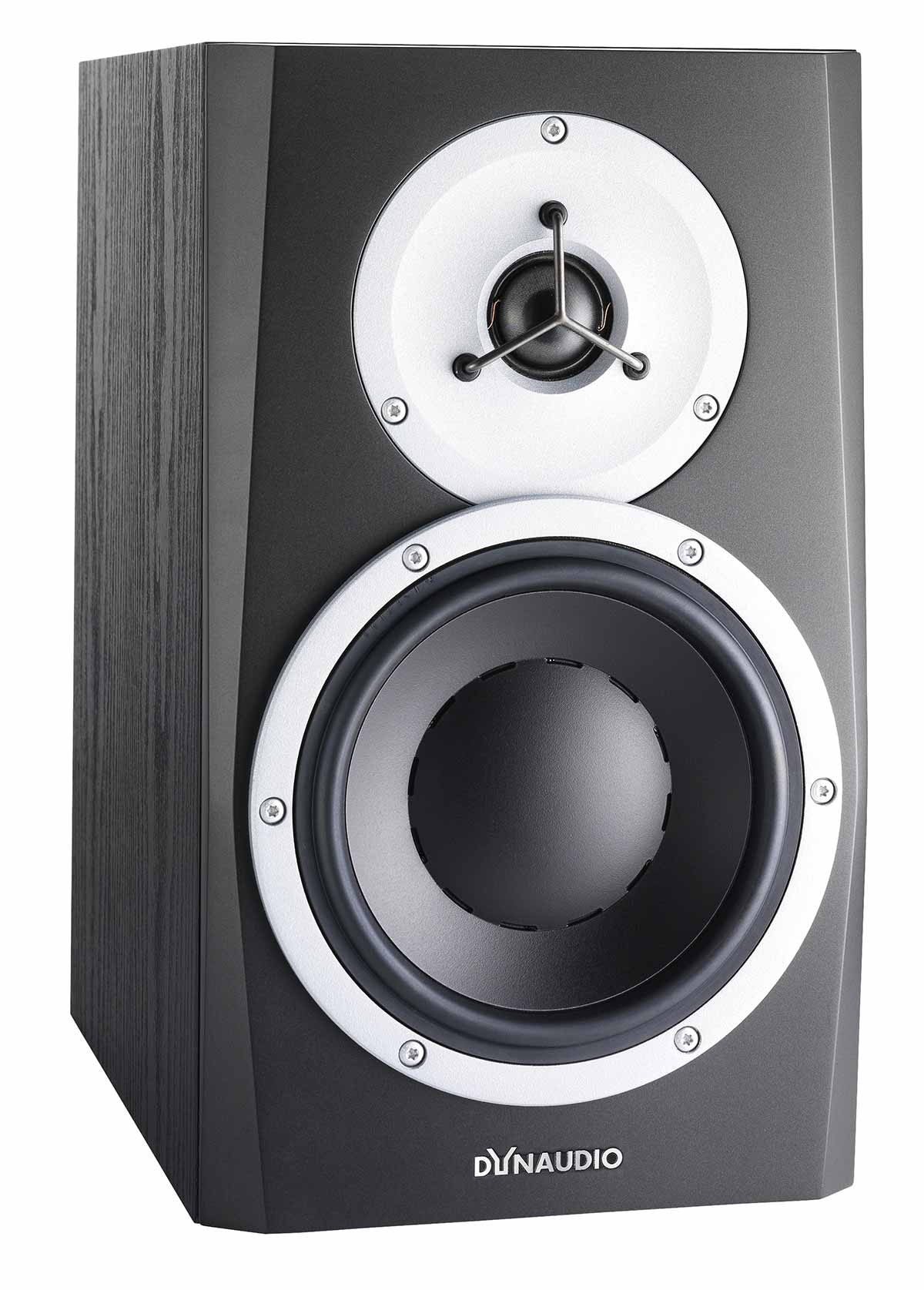 Dynaudio BM5 MKIII
Dynaudio BM5 MKIII
The BM5 MKIII is an active studio monitor and latest generation of Dynaudio’s successful nearfield, the BM5A.
The original BM5 was born out of Dynaudio’s collaboration with Andy Munro over 20 years ago. Now in its third revision, it remains a popular product and has become a cornerstone of the Dynaudio Pro range.
With greater SPL, broader frequency and power response compared to the previous model, its ultra-high dynamic range and hand-crafted drivers deliver performance superior to many larger, more expensive monitors.
The BM5 MKIII comprises a 7”woofer built from Dynaudio’s proprietary Magnesium Silicate Polymer, or MSP – a material that Dynaudio has found to provide just the right amount of damping and stiffness – alongside a soft-dome tweeter, both of which benefit from their own 50W Class-D amplifier.
Dynaudio famously designs and manufactures all of their drivers in-house. As a result, each speaker is developed to perfectly match the drivers, amplification and cabinet, providing a finely-tuned precision monitoring tool.
The BM5 MKIII has inputs for both XLR and RCA as well as a few adjustment switches on the back panel. Shelf-type EQ switches are available for both the low and high frequencies, whilst a midrange notch EQ is offered with -2dB and -4dB adjustments, designed to help tame reflections from a mixing console.
If you’re looking for a well-rounded set of monitors that provide accurate sound reproduction at a cost-effective price-point, the BM5 MKIII remains an excellent choice for a number of situations, including Dolby Atmos setups, home and project studios, as well as professional audio applications like radio and outside broadcast.
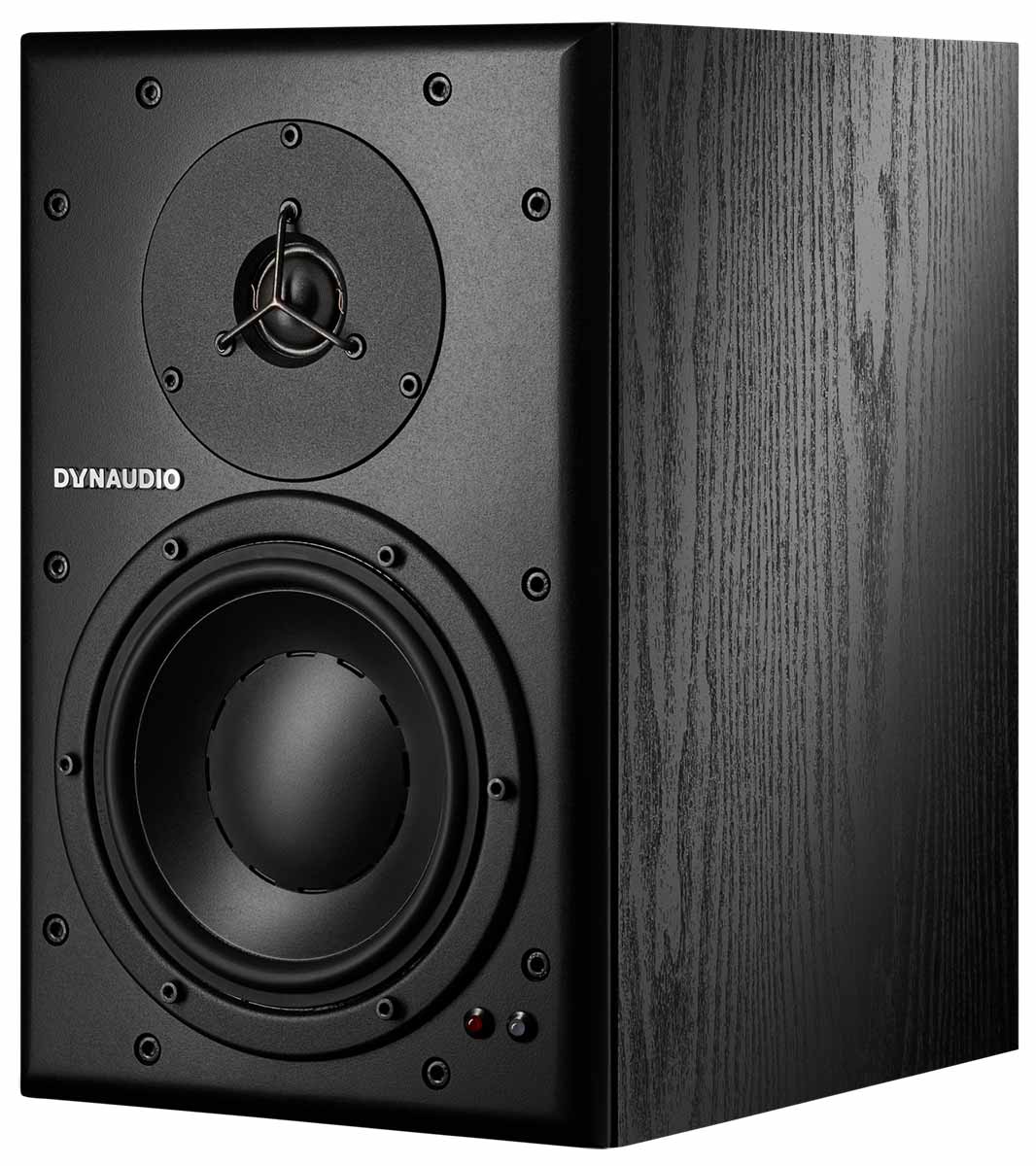 Dynaudio BM6A
Dynaudio BM6A
Next stop on the BM tour is the BM6A. The BM6A was Dynaudio’s first active studio monitor design and the fact that these speakers are still available today is testament itself to the quality of this nearfield monitor.
Similarly to the BM5 MKIII, the BM6A features a 7” LF woofer and Dynaudio-designed soft dome tweeter, whilst offering more power than the BM5 MKIII courtesy of a pair of 100W Class A/B amplifiers.
The BM6A is fed via its balanced XLR input, and like the BM5 MKIII, features some simple adjustment encoders on the back panel, designed to help with variations in different acoustic environments, as well as to personal taste.
The HF trim starts from 3kHz and has a range of 5dB, whilst the Low Frequency trim works from 100 Hz down, and has a special EQ design which swaps bandwidth for power – meaning that as the trim level is turned down, the low frequency extension is improved. This low frequency equalizer offers a choice between extended, critical damped response or more conventional higher Qt response, for more level but less low frequency output.
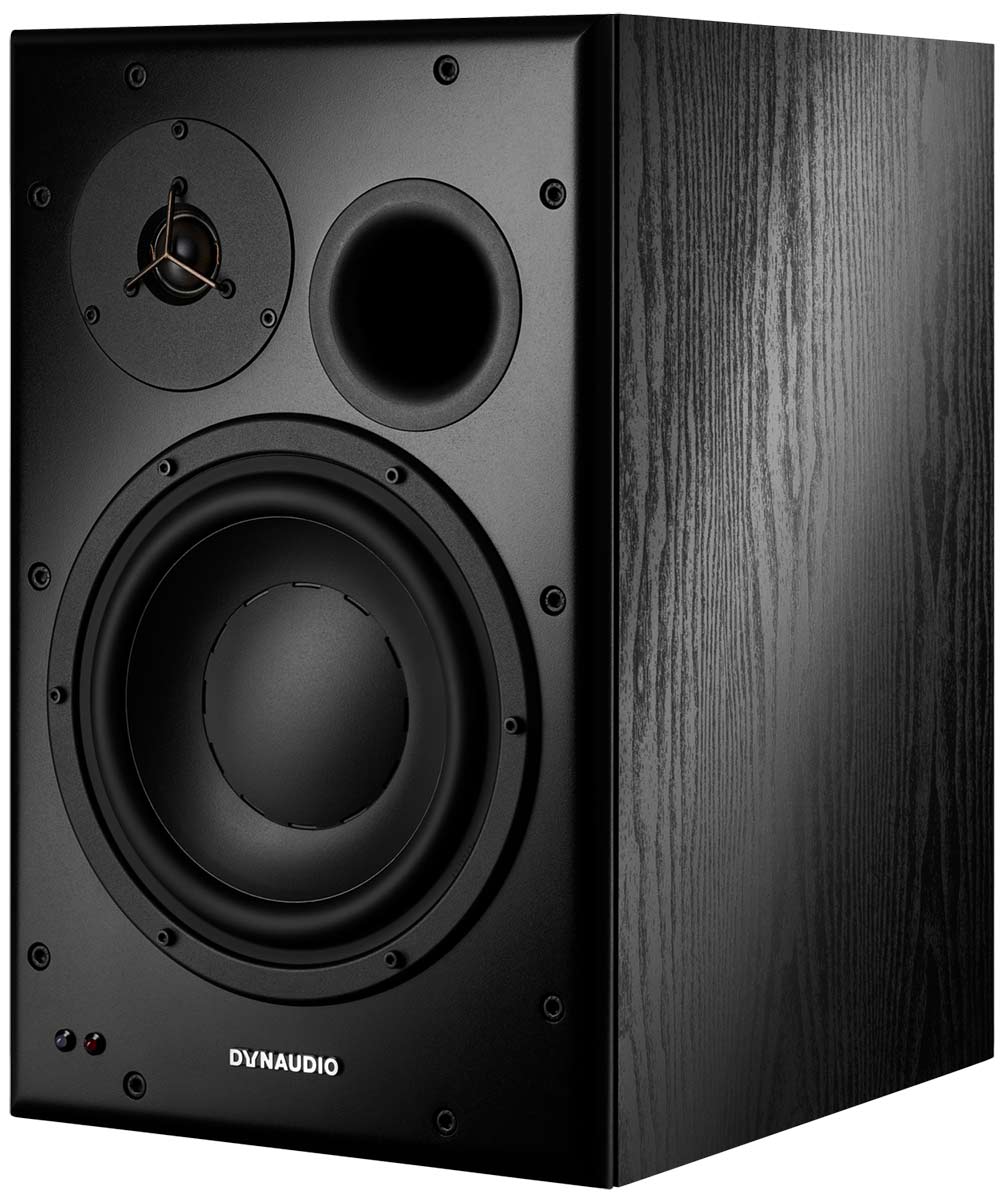 Dynaudio BM15A
Dynaudio BM15A
The final monitor in the range is the largest of the BM Series, the BM15A, which Dynaudio describe as a “relatively large” 2-way active system, sitting somewhere between a nearfield and a midfield monitor.
Comprising a large 10″ woofer and special version of the Dynaudio ESOTEC soft dome tweeter, the BM15A is again powered by two discrete Class AB amplifiers – the woofer is capable of 200W, whilst the tweeter amp can push 100W.
Given its power and size – with dimensions of 290 x 454 x 388mm (W x H x D) – the BM15A is clearly aimed at larger project studios, and with a max SPL of 124 dB, is capable of some really high volume listening, although is famously known for sounding just as accurate at lower levels too.
The BM15A is front ported for powerful and extended low frequency response, and the elegant matte cabinet has radius edges on the front baffle to reduce boundary effects, which helps improve overall sound quality.
The back panel of the BM15A is essentially identical to the BM6A – there’s a level selection switch for choosing between balanced +4dBm for most professional audio equipment, and unbalanced -10dBm for domestic use, along with trim controls for making adjustments to the high and low frequency response. The HF trim is a low-Q equalizer that allows for up to 6dB of adjustment at 15kHz and up, with the LF trim operating in a similar way, and offering a maximum adjustment of 6dB at 50Hz and below.
“If it ain’t broke…”
Whilst the DSP-based Dynaudio LYD Series (and high-end Core Series) offer a more modern approach to monitoring, many recording engineers still love the more traditional sound in the studio… And whilst trends come and go, a classic never goes out of style!
To find out where to buy Dynaudio studio monitors in the UK, visit our Dynaudio UK Dealers page.





















